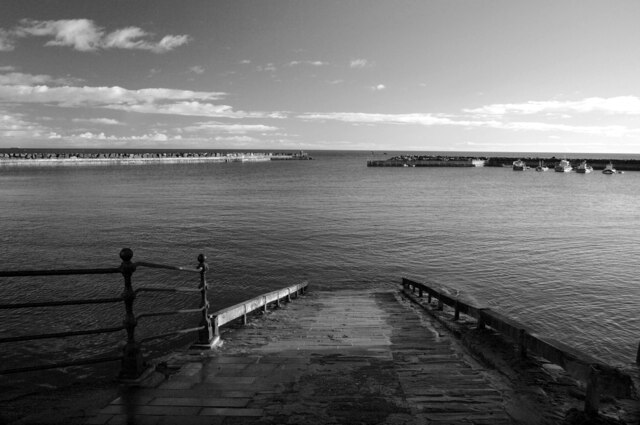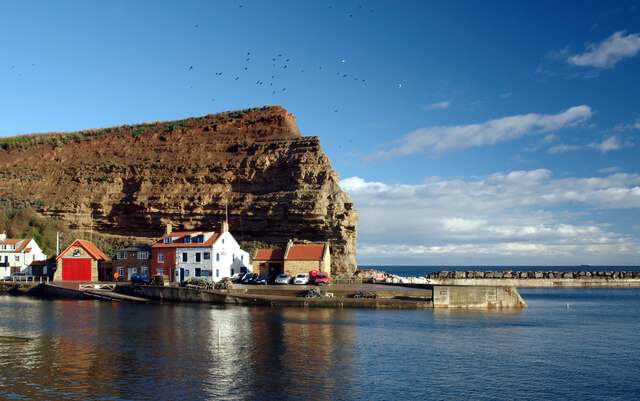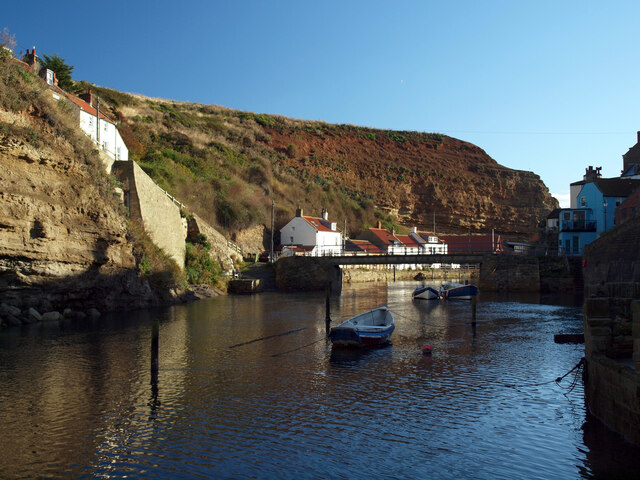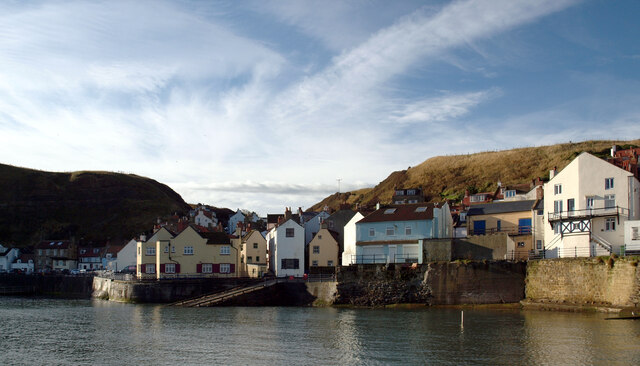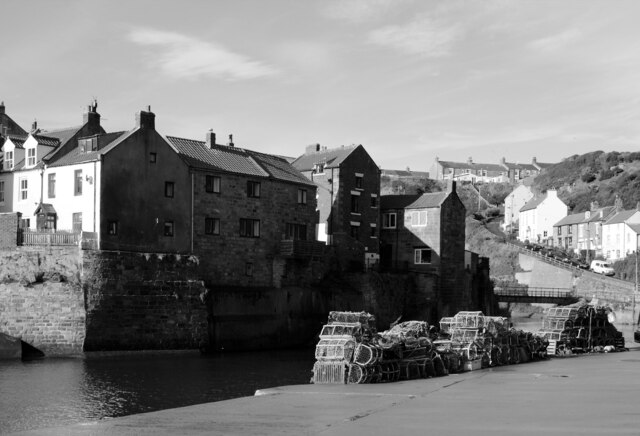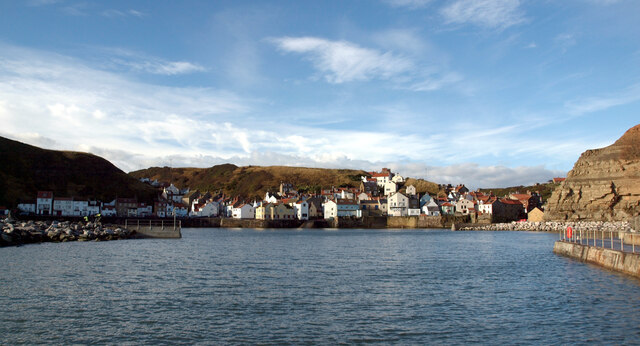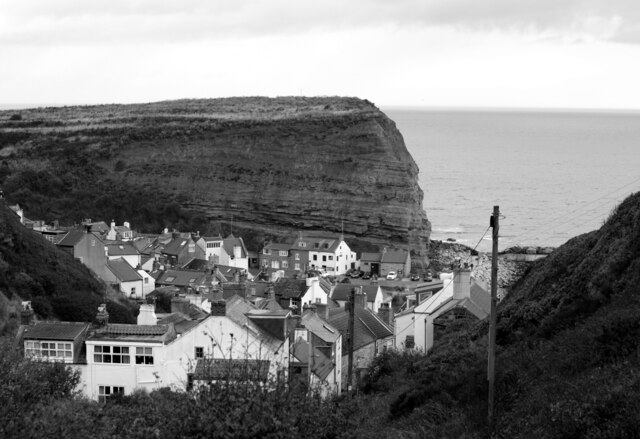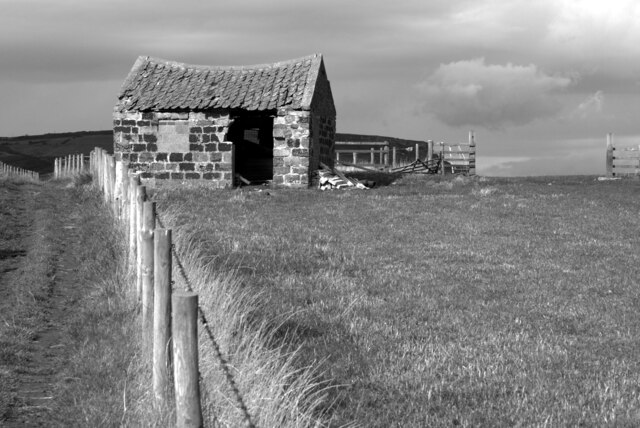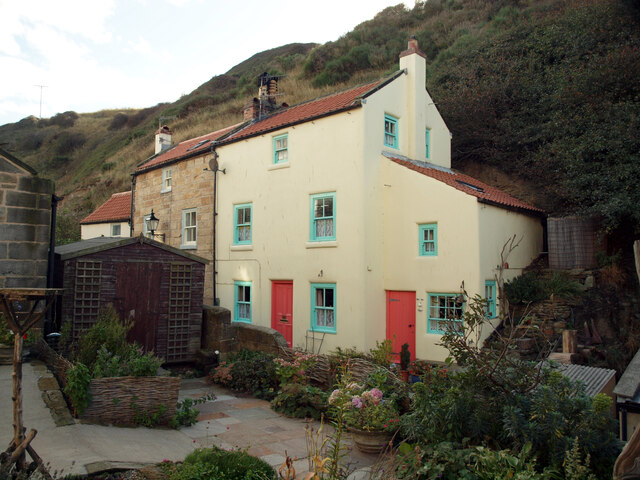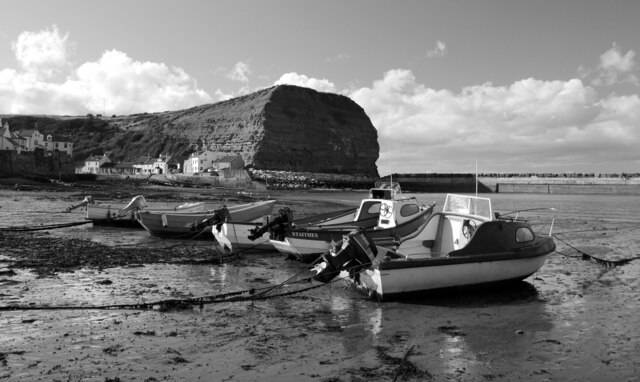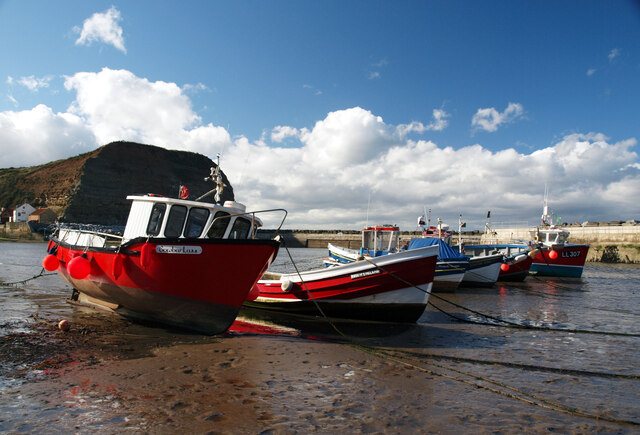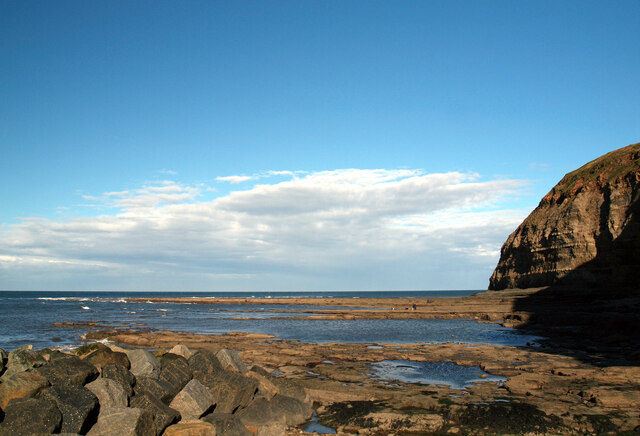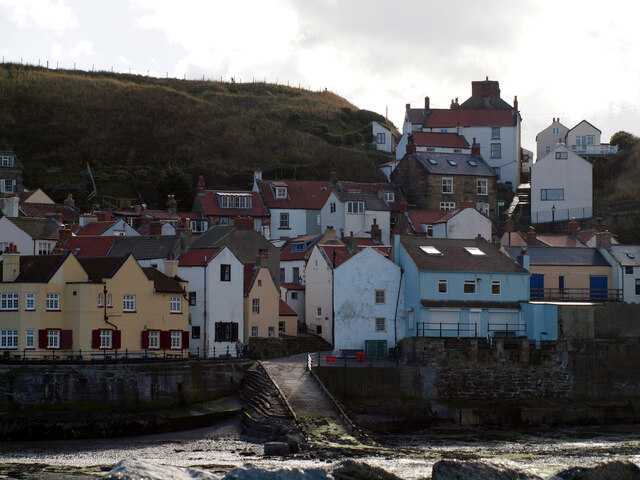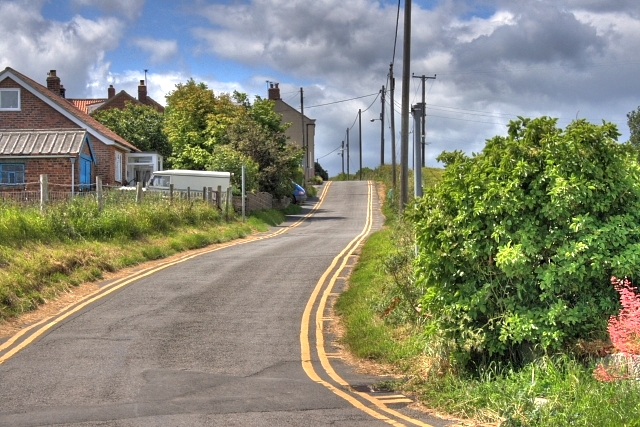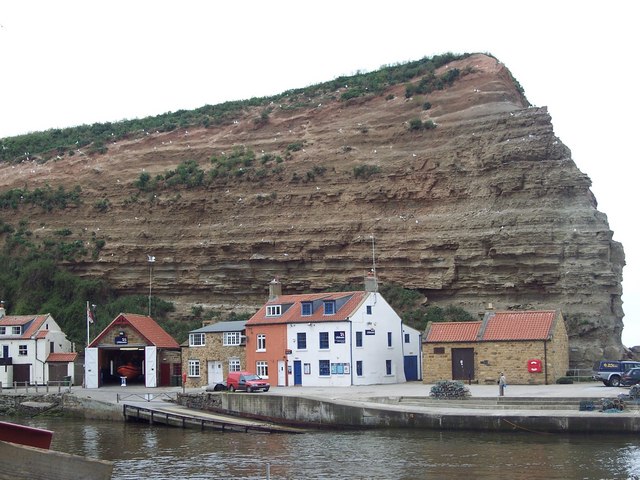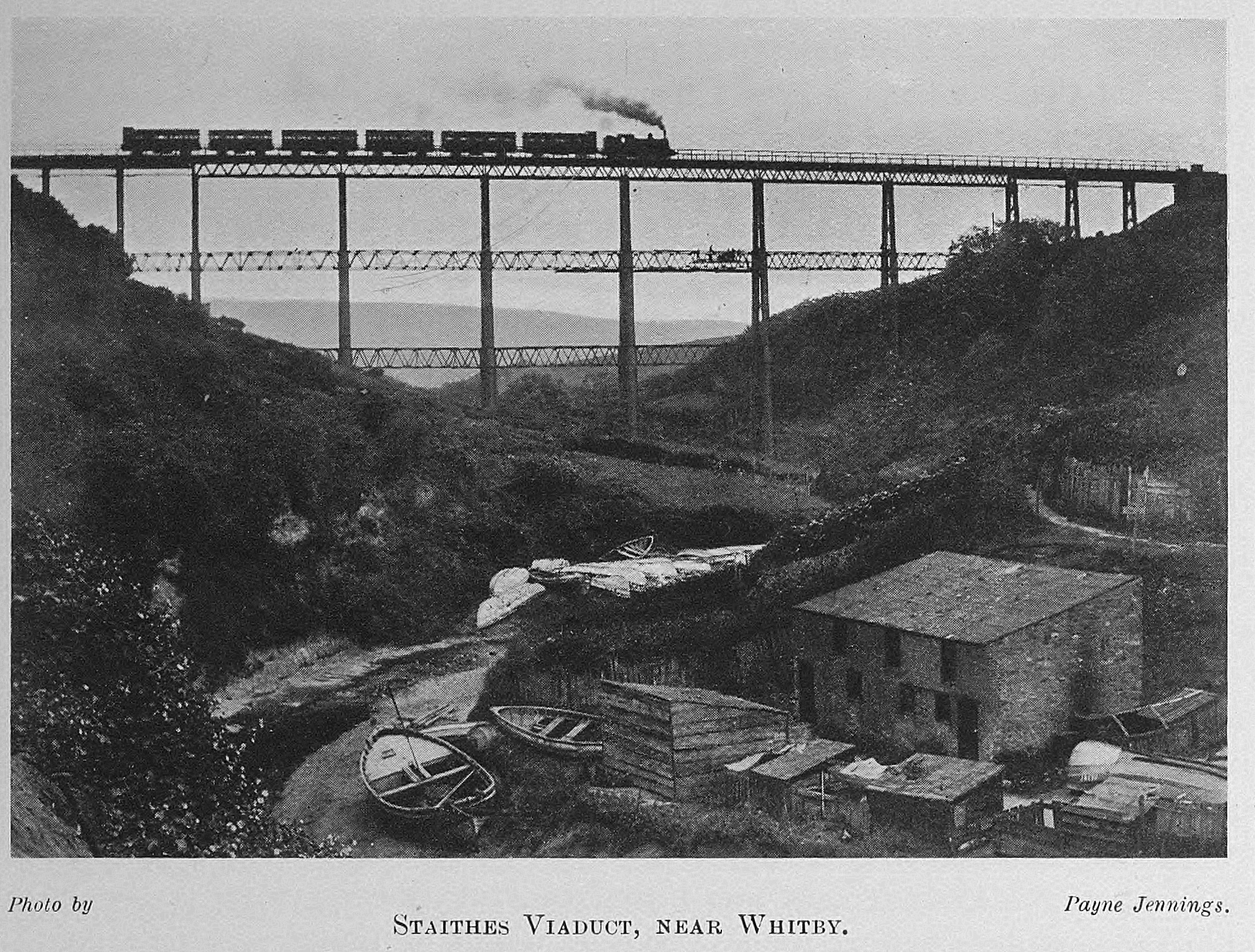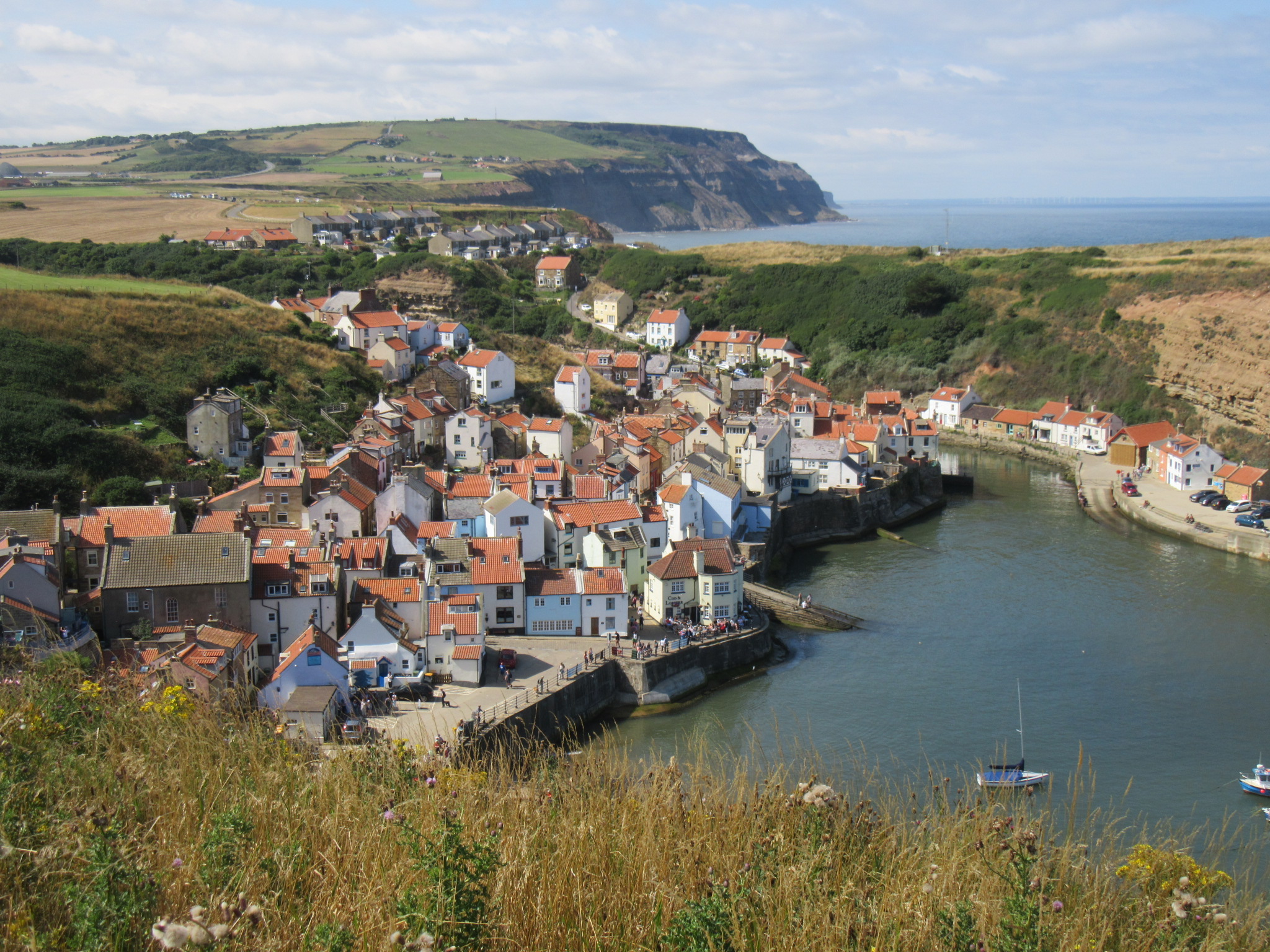Quarry Bank
Hill, Mountain in Yorkshire Scarborough
England
Quarry Bank
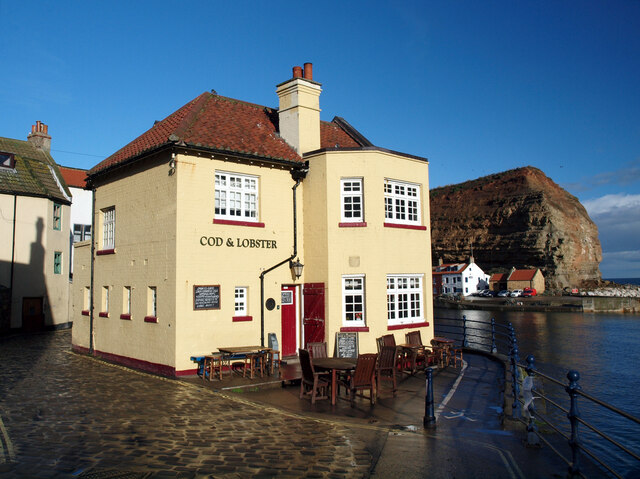
Quarry Bank, located in Yorkshire, is a prominent hill in the region known for its historical significance and picturesque landscapes. Situated in the heart of the county, Quarry Bank stands tall at an elevation of approximately 200 meters, making it an ideal destination for nature lovers and outdoor enthusiasts.
The hill gets its name from the quarrying activities that took place in the area during the 19th century. These activities were primarily focused on extracting limestone, which was widely utilized for construction purposes at the time. As a result, Quarry Bank became an important hub for the local economy, attracting workers and businesses alike.
Today, Quarry Bank offers visitors breathtaking views of the surrounding countryside. Its gentle slopes and well-maintained trails make it a popular spot for hikers, joggers, and cyclists. The hill is also home to a diverse range of flora and fauna, including various species of birds, wildflowers, and trees, adding to its natural charm.
Additionally, Quarry Bank is an important historical site, as it houses the remnants of the old quarrying operations that once thrived in the area. Visitors can explore the abandoned quarries, which provide a fascinating glimpse into the region's industrial past. Interpretive plaques and signage offer detailed information about the quarrying process and its impact on the local community.
In conclusion, Quarry Bank in Yorkshire is a captivating hill that combines natural beauty with historical significance. Its stunning vistas, well-maintained trails, and remnants of the quarrying industry make it a must-visit destination for those seeking to immerse themselves in the region's rich heritage and natural wonders.
If you have any feedback on the listing, please let us know in the comments section below.
Quarry Bank Images
Images are sourced within 2km of 54.553566/-0.77669089 or Grid Reference NZ7918. Thanks to Geograph Open Source API. All images are credited.
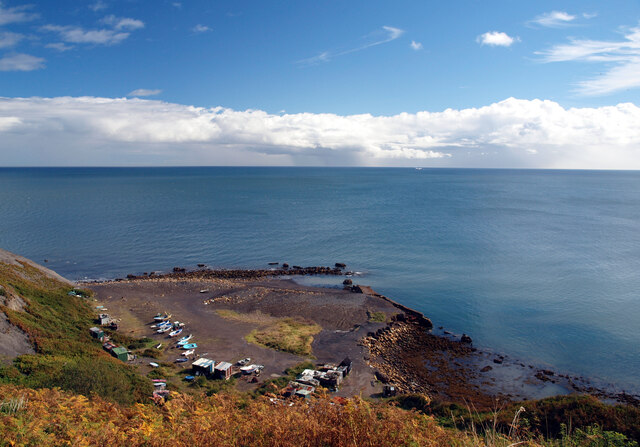
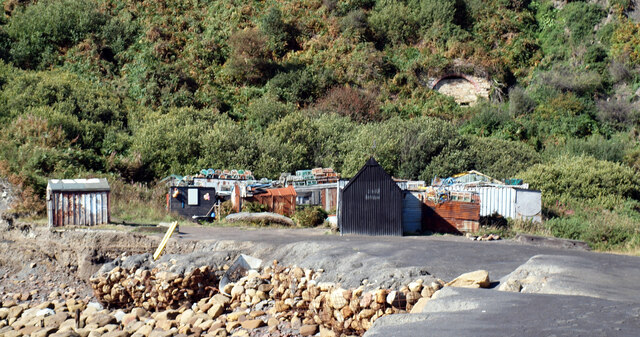
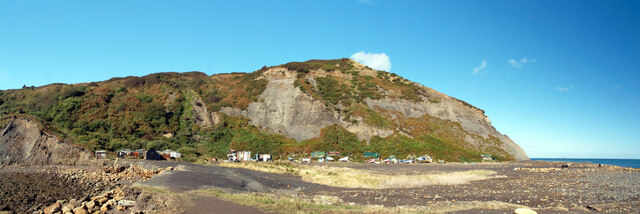
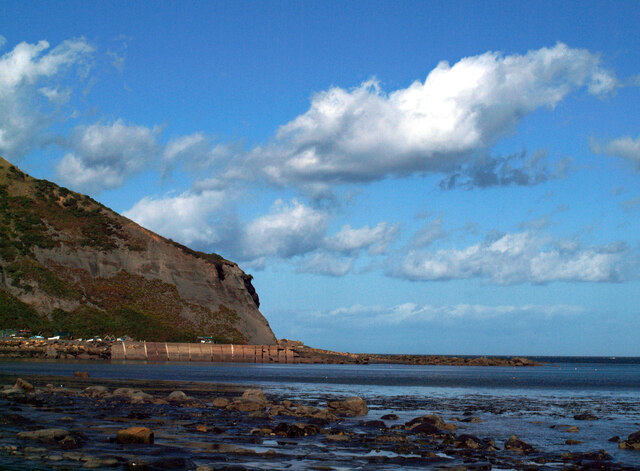
Quarry Bank is located at Grid Ref: NZ7918 (Lat: 54.553566, Lng: -0.77669089)
Division: North Riding
Administrative County: North Yorkshire
District: Scarborough
Police Authority: North Yorkshire
What 3 Words
///mammoths.outdone.facelift. Near Loftus, North Yorkshire
Nearby Locations
Related Wikis
Port Mulgrave, North Yorkshire
Port Mulgrave is a derelict former ironstone exporting port on the North Yorkshire coast midway between Staithes and Runswick Bay in the civil parish of...
Staithes railway station
Staithes railway station was a railway station on the Whitby Redcar and Middlesbrough Union Railway, serving the villages of Staithes and Dalehouse in...
Staithes and Runswick Lifeboat Station
Staithes and Runswick Lifeboat Station is a Royal National Lifeboat Institution (RNLI) lifeboat station based in the village of Staithes, North Yorkshire...
Staithes Viaduct
Staithes Viaduct was a railway bridge that straddled Staithes Beck at Staithes, Yorkshire, England. It was north of the closed Staithes railway station...
Staithes
Staithes is a seaside village in North Yorkshire, England. Easington and Roxby Becks, two brooks that run into Staithes Beck, form the border between the...
Hinderwell
Hinderwell is a village and civil parish in the Scarborough district of North Yorkshire, England which lies within the North York Moors National Park,...
Hinderwell railway station
Hinderwell railway station was a railway station on the Whitby Redcar and Middlesbrough Union Railway. It was opened on 3 December 1883, and served the...
Runswick Bay
Runswick Bay is a bay in the Scarborough Borough of North Yorkshire, England. It is also the name of a village located on the western edge of the bay...
Nearby Amenities
Located within 500m of 54.553566,-0.77669089Have you been to Quarry Bank?
Leave your review of Quarry Bank below (or comments, questions and feedback).
